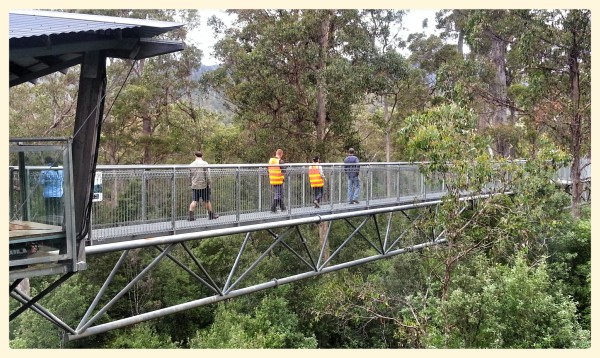A mid-morning start after spending some time tracking down some missing luggage and loading up the utes with calibration tarps, two terrestrial laser scanners (Riegl and DWEL) and a stack of field equipment.
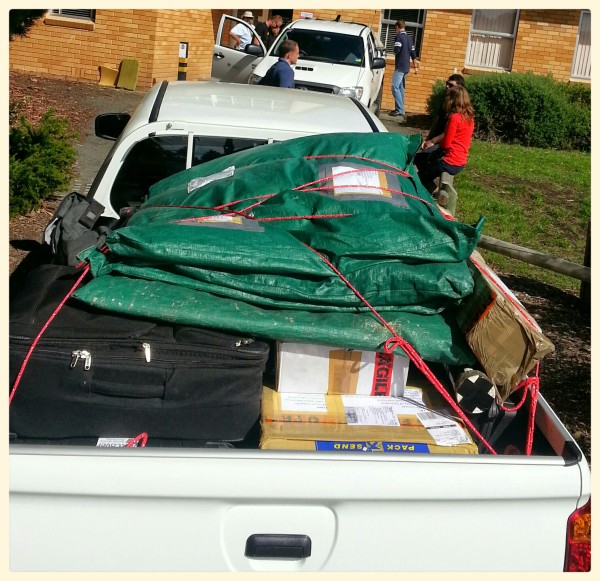
We headed down the road towards Geeveston to meet up with the Forestry Tasmania team and continued on to the Tahune Airwalk lodge which will be our base for the next few days.
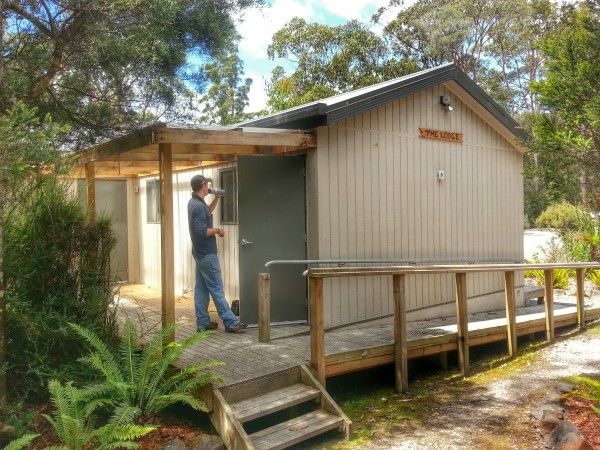
The Warra flux tower is pretty impressive. Standing above the surrounding 60m eucalypts.

We sorted out the gear and after an onsite safety briefing got stuck into sampling.
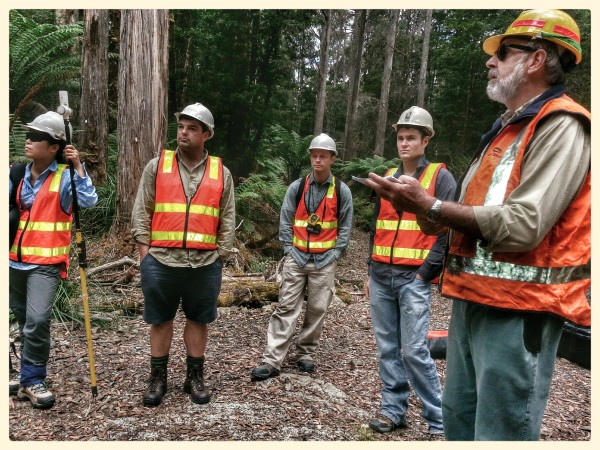
In contrast to the sparser Auscover sites, the vegetation here is pretty dense with a huge quantity of coarse woody debris in places making the transect based sampling slow work.
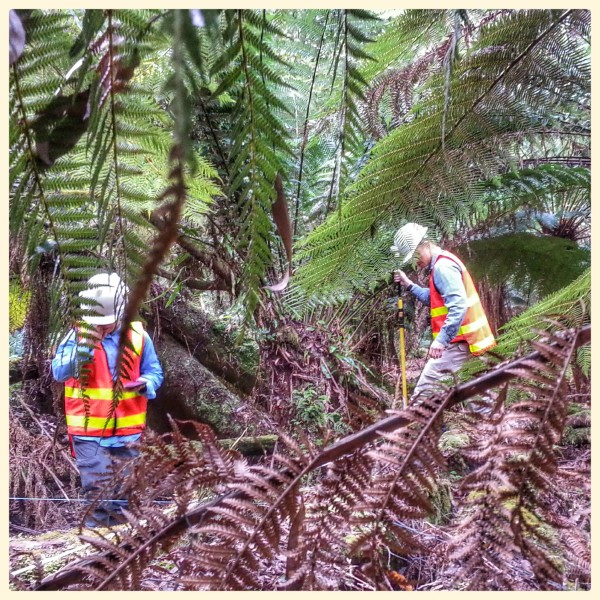
We didn't get to fire up any of the TLS instruments before we ran out of light (wait until tomorrow...) but one of the UAV's made a brief appearence and a quick treetop trip to see how stable the platform is in these environments. I'm looking forward to seeing the video of the ascent through the canopy.
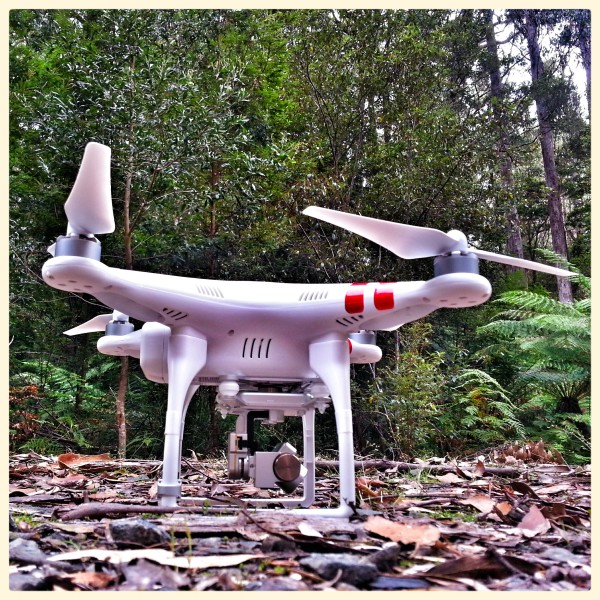
With light fading, we made a quick detour to the awesome Tahune Airwalk on the way back to camp. A great attraction but also a really good way to see exactly what the trees we are sampling on the ground look like from above.
